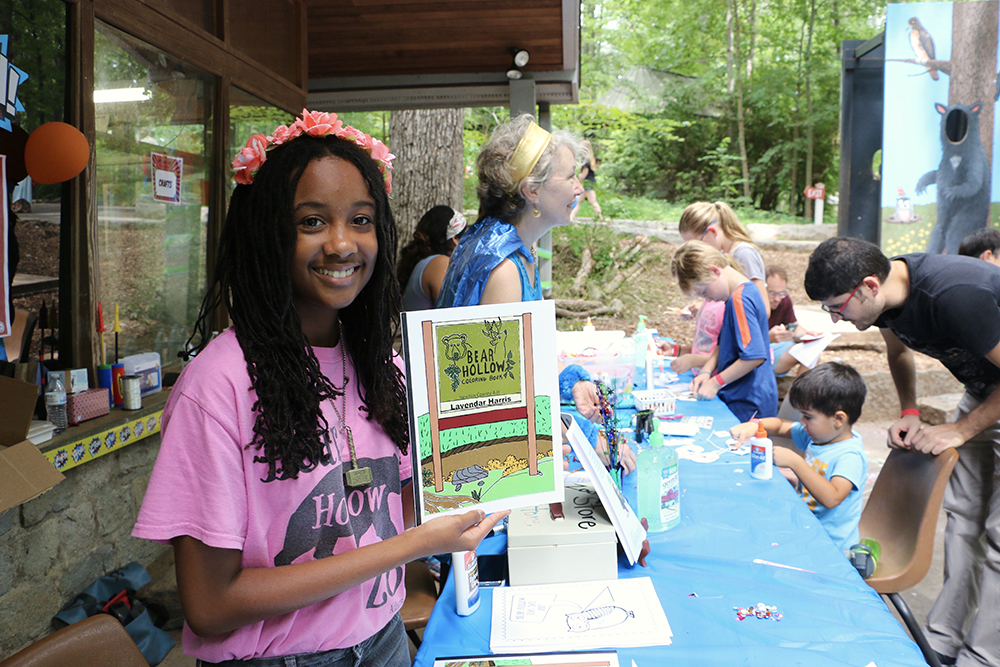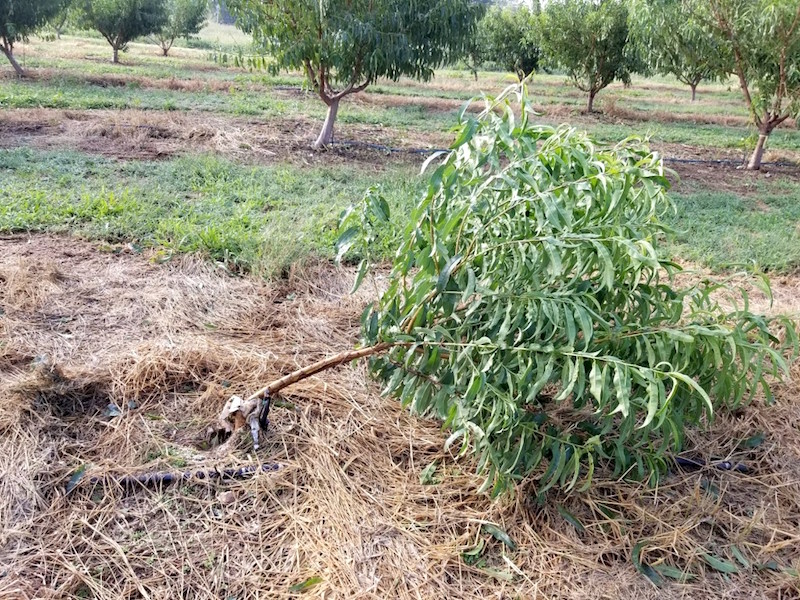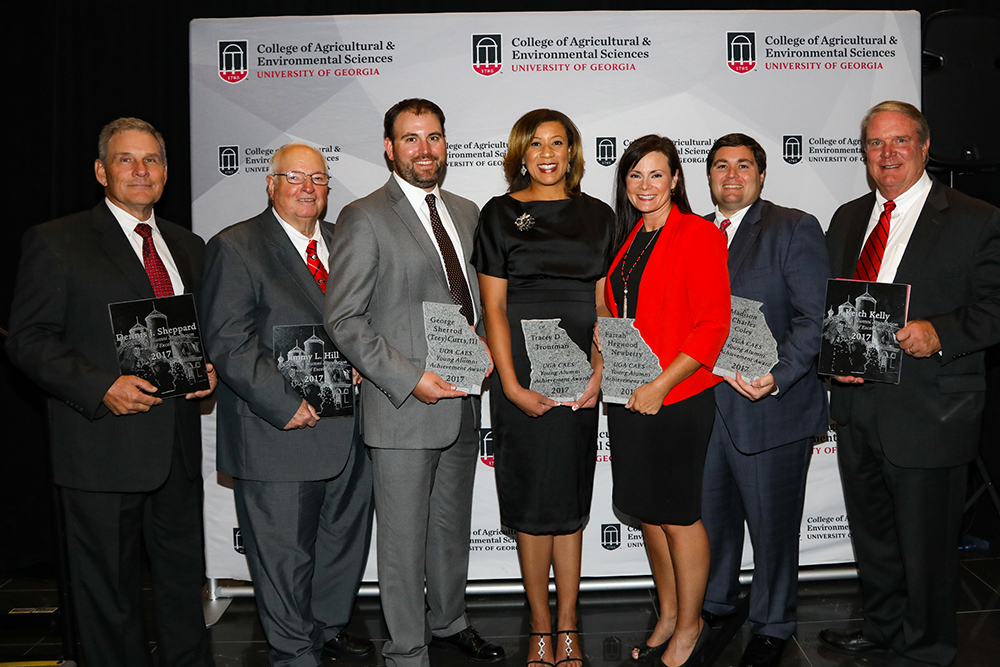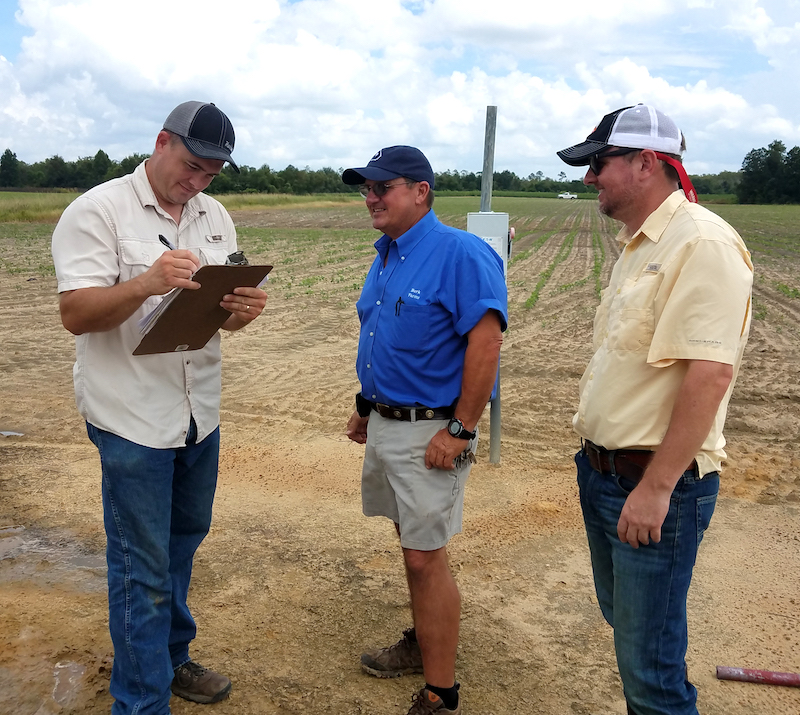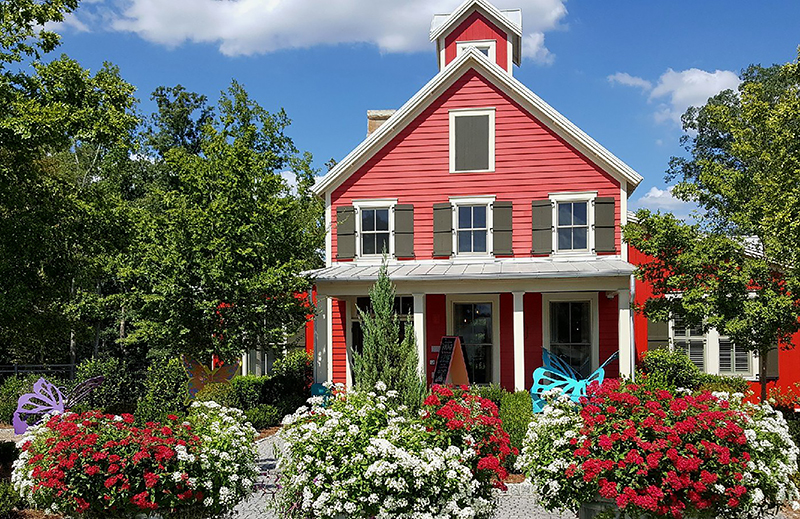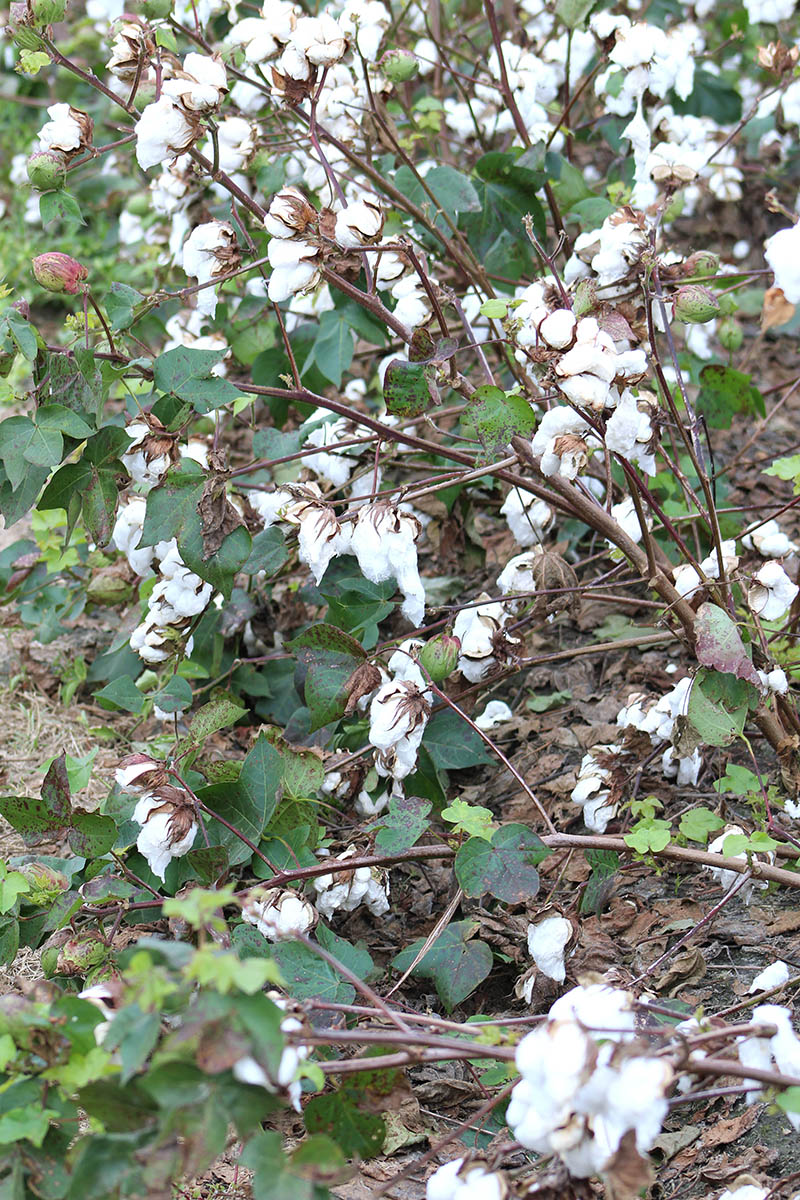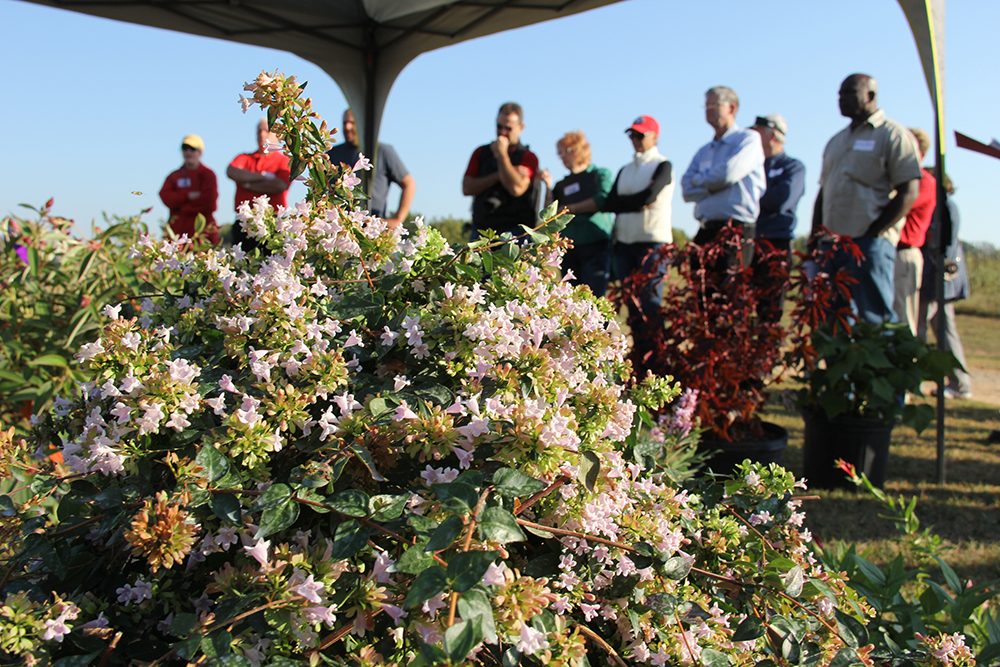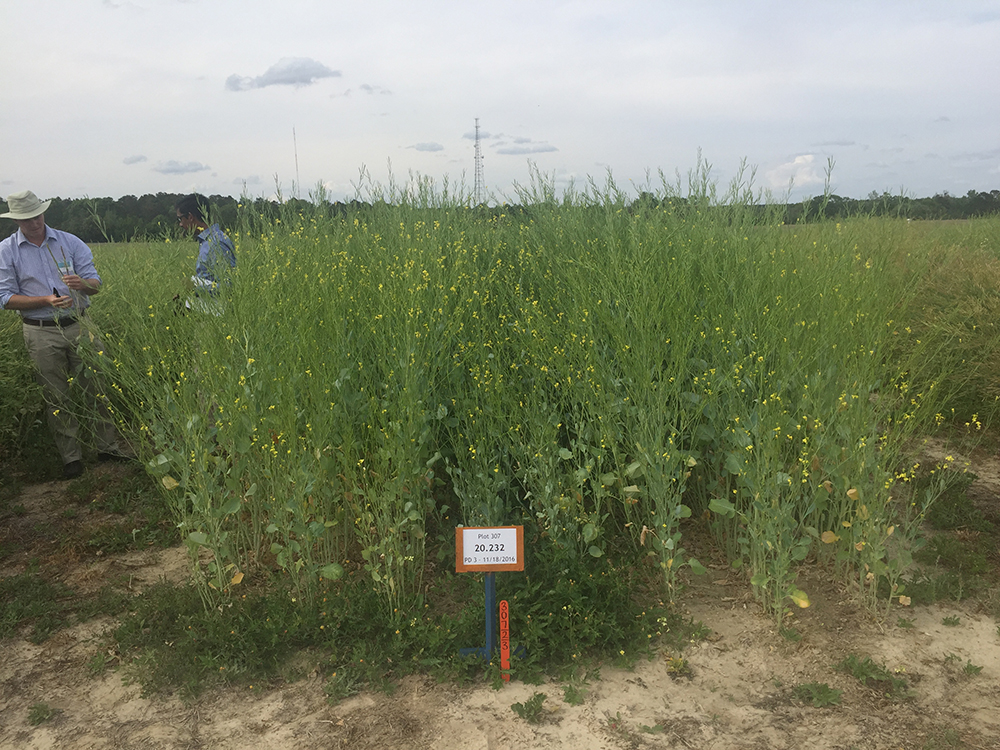 CAES News
CAES News
From farm fields to flight paths: Researchers working to turn a novel oilseed crop into jet fuel
Researchers have produced biofuels from corn, switchgrass and even algae, but researchers at the University of Georgia will soon study a new source of renewable biofuels: the lesser-known crop of carinata, also known as “Ethiopian mustard.”

